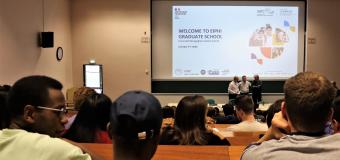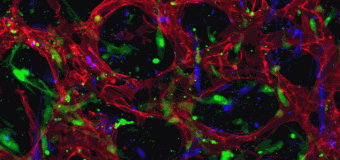Lessons on textile history and fibre durability from a 4,000-year-old Egyptian flax yarn
Published in the journal Nature Plants, work involving FEMTO-ST scientists is helping to propose ever more efficient and resistant materials based on flax fibers.
Man has always used plant fibers, such as flax, for the manufacture of fabrics and clothing. Praised in ancient Egyptian times, linen is still used today by spinners and weavers who work to diversify its uses and aspects. Linen-based technical fabrics are also the object of growing interest for composite applications in the transport, nautical, sports and leisure sectors. They offer a more environmentally friendly alternative due to the renewable and recyclable nature of this plant material.
The question of durability and aging of these materials is at the heart of the most innovative research. The evaluation of the durability of materials generally requires the implementation of accelerated tests allowing to reproduce on short times the aging on the long term. The risk is then to induce degradation mechanisms that do not exist in real aging conditions.
For linen, its use dating back to the Neolithic period, it is possible to have access to ancient fabrics and thus to study the effects of a real and long term aging on the properties of these fibers. This is the idea of Dr. Alain Bourmaud at the IRDL (Institut de Recherche Dupuy de Lôme). In collaboration with scientists from the Louvre Museum, the LMGC, the SOLEIL synchrotron, INRAE Nantes, the University of Cambridge and the FEMTO-ST institute, the properties of fibers extracted from 4000 year old mortuary cloths found in Egyptian sarcophagi were characterized and compared to the properties of present day flax textile fibers. The results showed that these ancient fibers still have excellent mechanical properties, testifying to the good preservation conditions due to the hygrothermal environment prevailing in the tombs. The characterization work was carried out using state-of-the-art techniques such as atomic force microscopy and biphoton microscopy. The FEMTO-ST researchers involved have carried out X-ray nanotomographic analyses in order to obtain 3D images of the flax yarns and fibers constituting the mortuary fabric and to compare their over time. These areas of mechanical weakness also constitute privileged sites for water absorption. The acquired information is therefore important to better understand the aging and the long-term performance of modern flax fibers.
Contact : Vincent Placet
https://doi.org/10.1038/s41477-021-00998-8
See the CNRS article



















